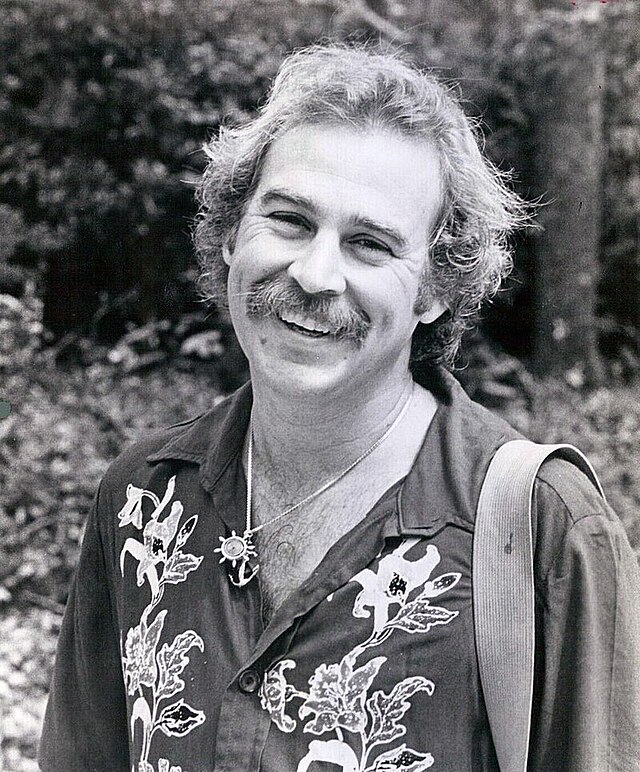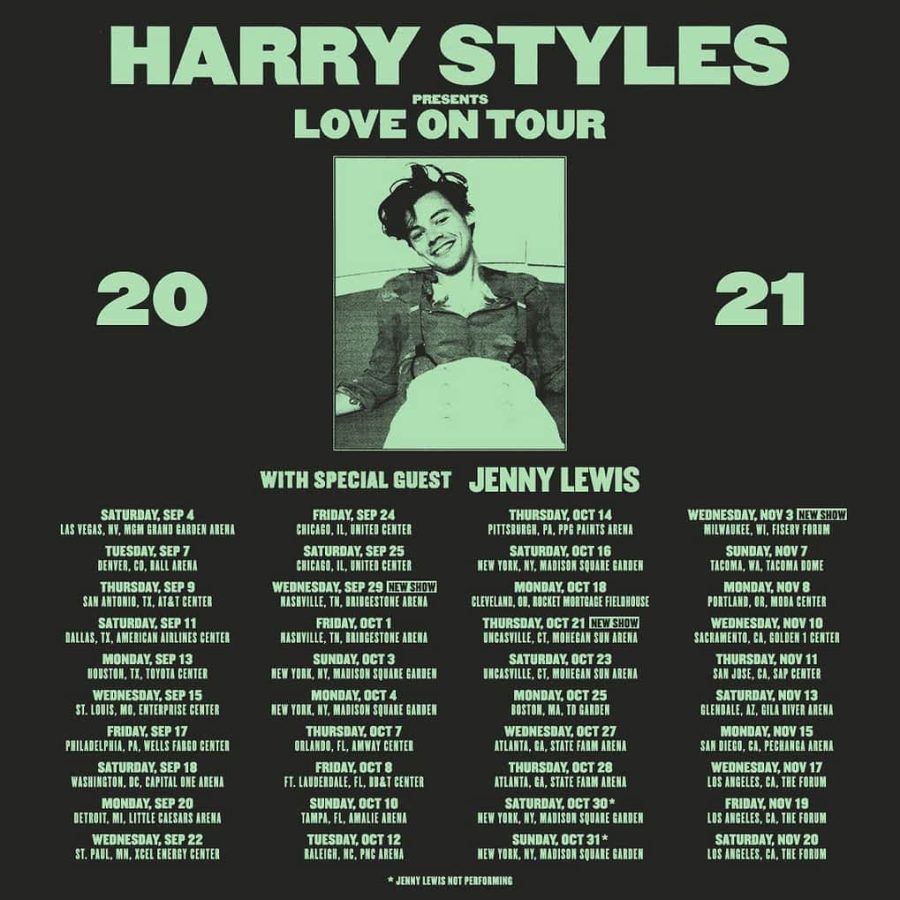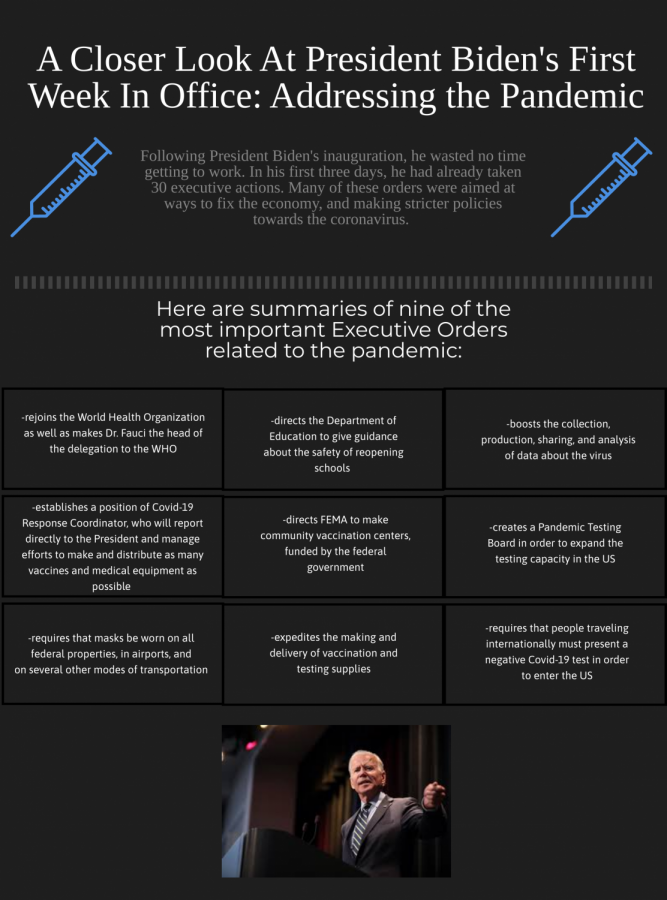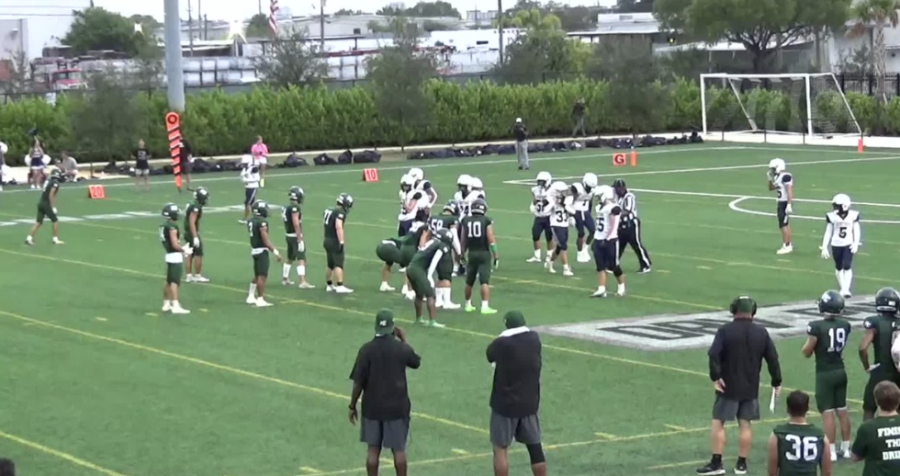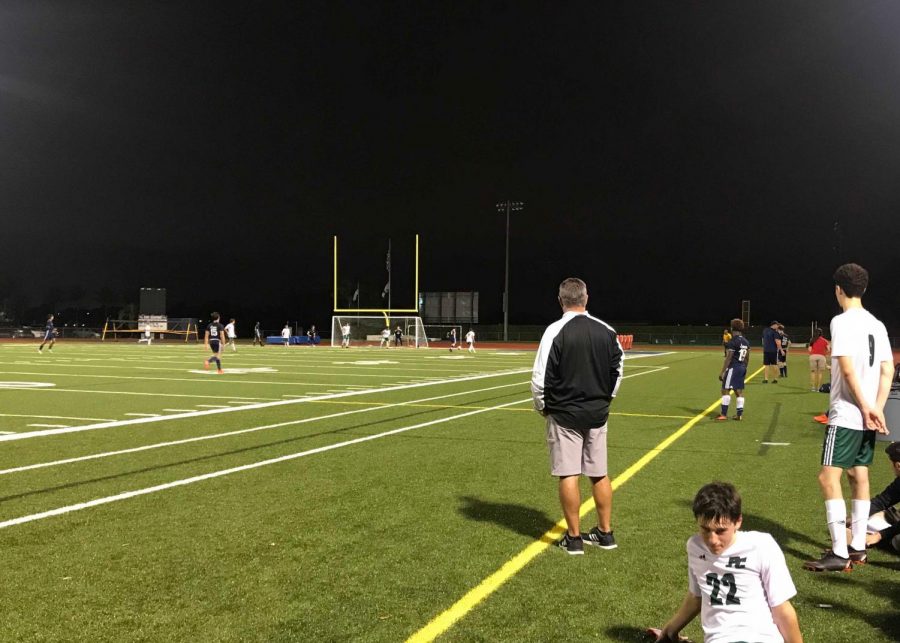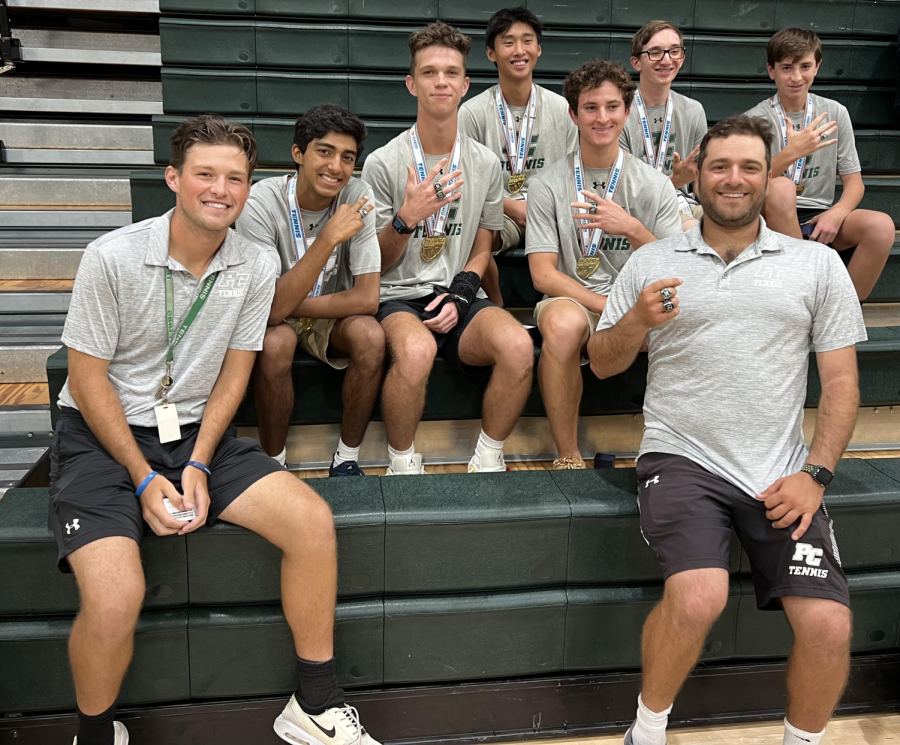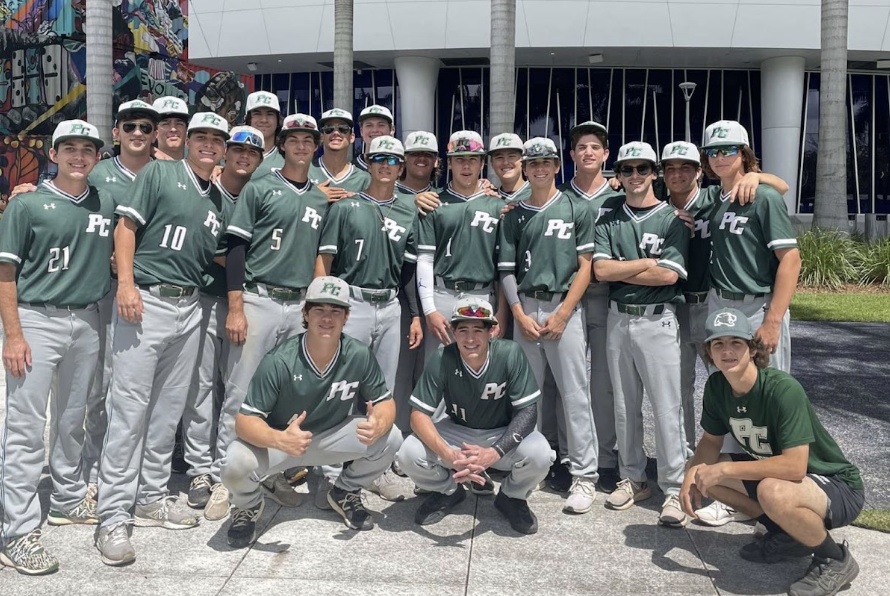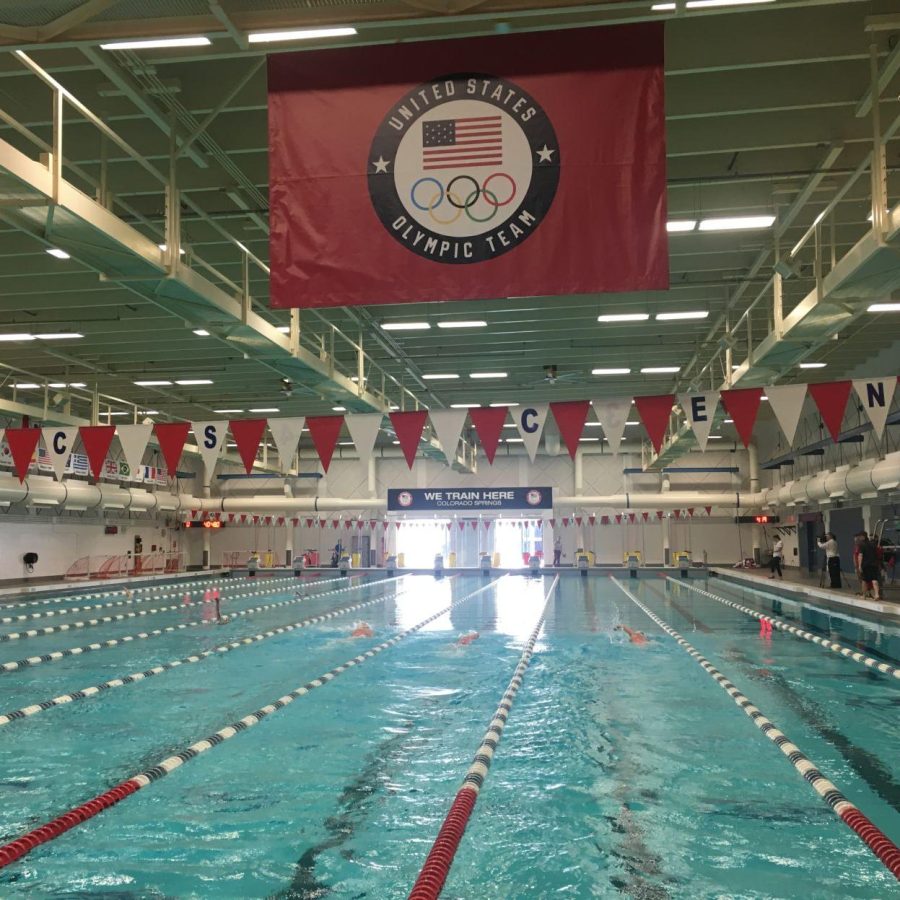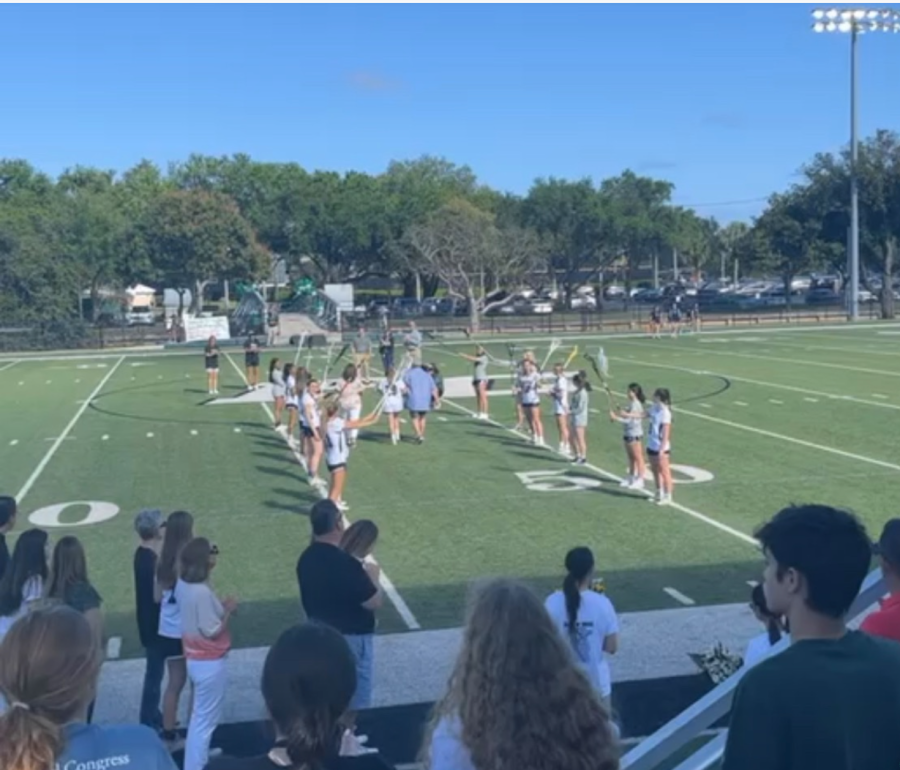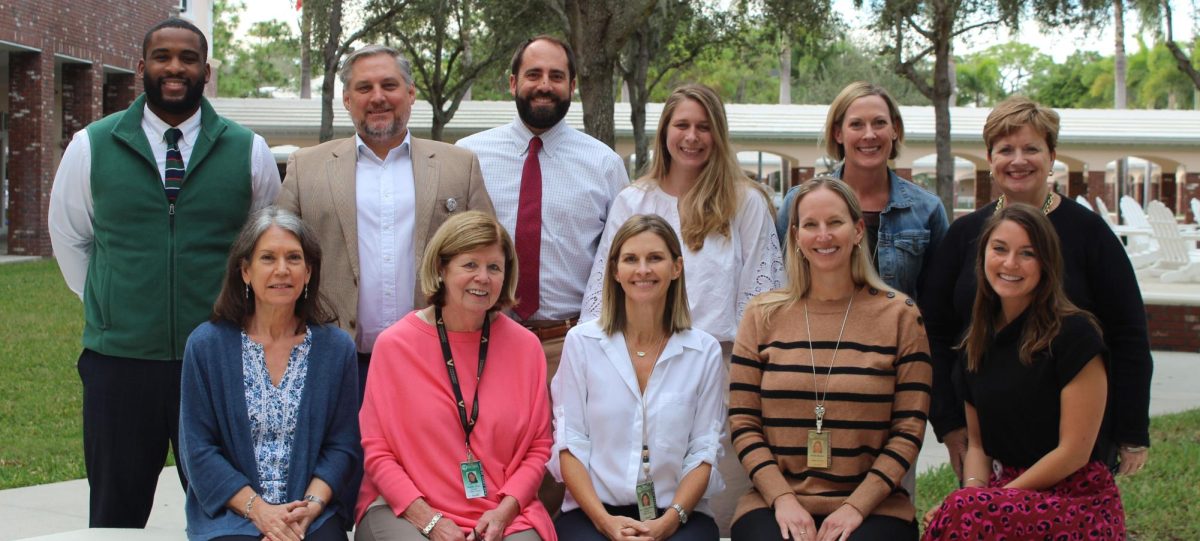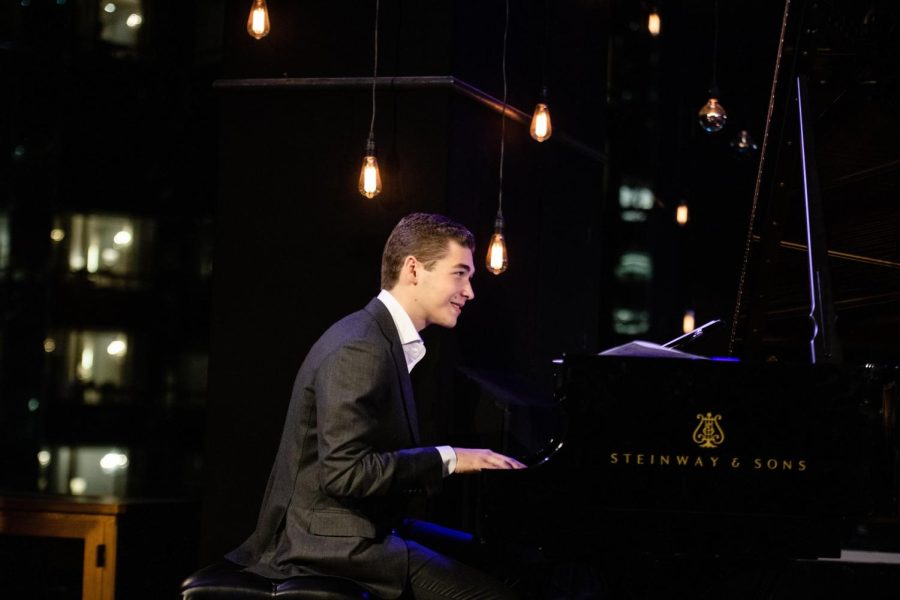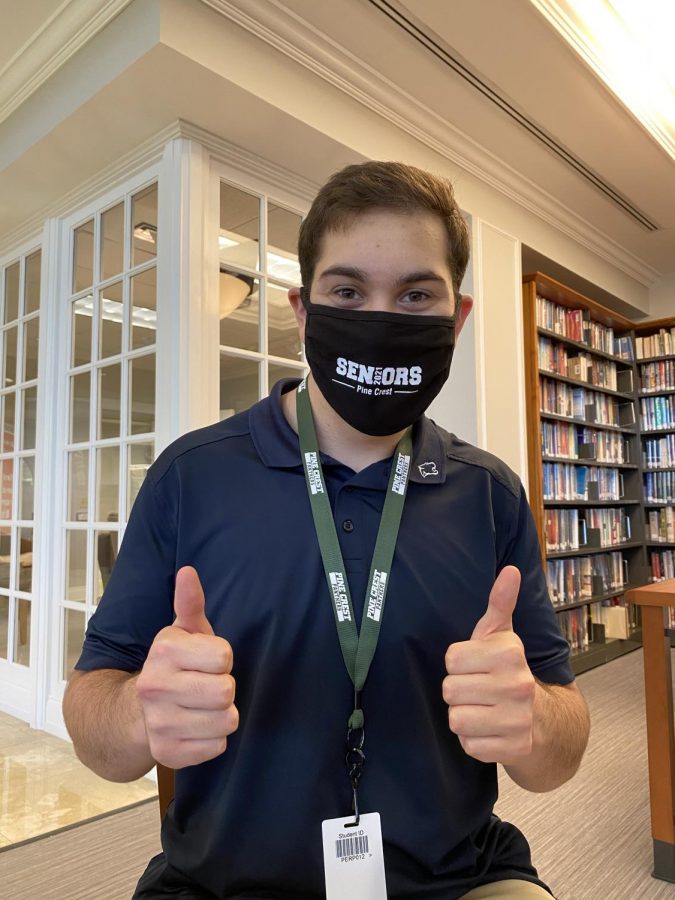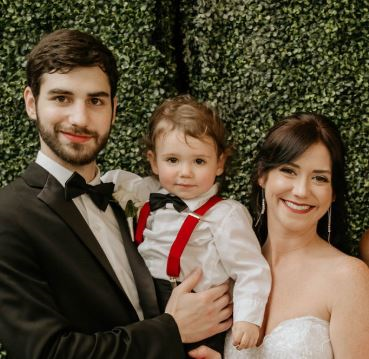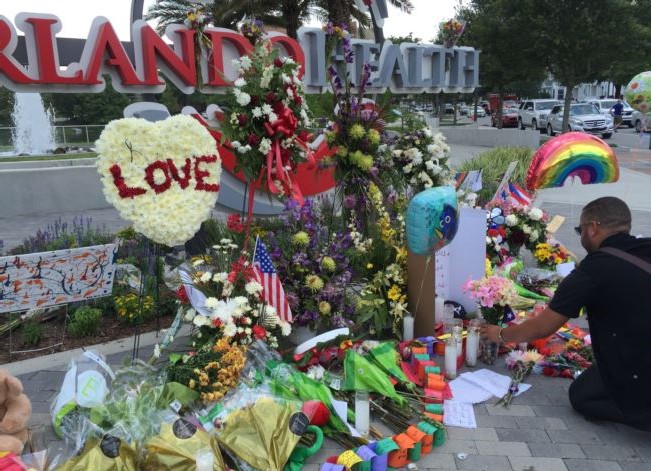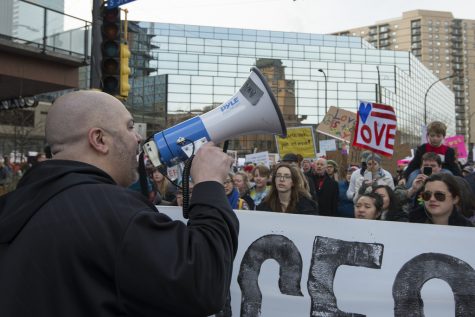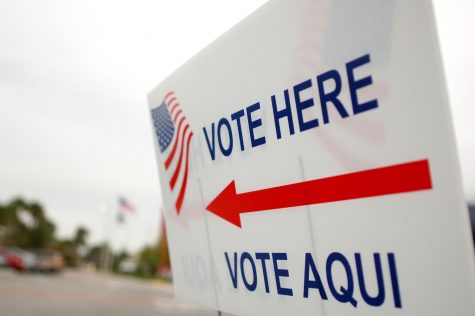The Gun Control Debate Post-Texas Shooting
Voice of America, via Wikimedia Commons
Mass shootings have become a horrifying epidemic in the United States, as seen here in the aftermath of the Pulse Nightclub Shooting in 2016.
On Sunday, November 5, America was once again rocked by a shooting; this time at a church in Sutherland Springs, Texas that left 26 people dead and 20 more injured.
Texas Governor Greg Abbott, when discussing this devastation, said it was “the worst mass shooting in the history of the state.”
The shooter, 26-year-old Devin Patrick Kelley was a former Air Force member convicted of severe domestic abuse against his wife and two-year-old stepson.
What happened in Texas, and too many similar events, have formed a concerning pattern in the past decade. The average number of mass shootings per year between 2000 and 2006 was 6.4. In the six years that followed, the rate of fatal mass shootings rose to 16.4, a 250% rise in 13 years. As the threat of these already violent gunmen wielding automatic weapons looms, it’s clear that America needs to consider new solutions to this epidemic.
One possible solution lies in tightening gun control laws and limiting the availability of certain unnecessarily powerful weapons. Strengthened gun control policy that makes the candidacy for firearms purchasers more exclusive is a reasonable solution considering the connection between violent pasts, mental instability, and mass shootings. As seen in an article by Epidemiologic Reviews, which uses findings from 130 studies conducted in 10 different countries that had recently instituted stricter gun control legislation, deaths from gun violence dropped significantly as a result, especially in areas that offer buyback programs. In fact, buying back 3,500 guns per 100,000 people caused a 50% drop in gun homicides and a 74% drop in firearm-related suicides in Australia following more stringent gun control.
Clearly, gun control is extremely effective in limiting gun violence. However, some criminals still slip through the fine-toothed comb of background checks and are able to purchase a gun even with a violent past or hidden mental instability. Devin Kelley himself should not technically have been able to obtain a gun due to his felony charge and escape from a mental institution in 2012, however, there was a clerical error that allowed Kelley’s purchase of the semiautomatic AR-15 weapon that devastated Texas. This proves that while gun control would have a major impact on the number of firearm-related deaths in America, the most effective legislation would be laws that prohibit the sale of automatic weapons altogether.
Civilians wanting to own a pistol in order to defend themselves against violent criminals is an understandable argument; however, automatic weapons should not be in civilian hands for defensive purposes nor otherwise. The Second Amendment was created at a time when guns could fire three rounds per minute, whereas semiautomatic weapons, which civilians can easily buy, currently fire 45 rounds per minute at a range that is ten times what it was at the time of the Constitution’s nascence. Evolving weapons necessitates evolving regulation. As semi-automatic firearms were used in high-profile tragedies such as Orlando, Sandy Hook, and San Bernardino, banning automatic and semiautomatic weapons would drastically limit gun deaths.
It is the job of police forces to defend and protect citizens. Untrained civilians who argue against more stringent regulations on firearms on the basis of self defense must realize that it is not their job to become vigilantes nor to protect the cities. Additionally, even if some do require a weapon to feel safe, a semiautomatic weapon is wholly unnecessary and a mere danger to all.
Sources: USA Today, CBS News, New York Times, Vox, CNN, Washington Post, Politifact
Photo Source: Voice of America, via Wikimedia Commons

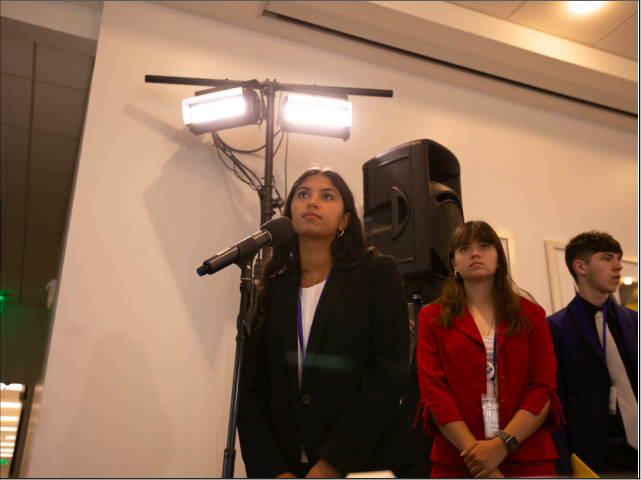








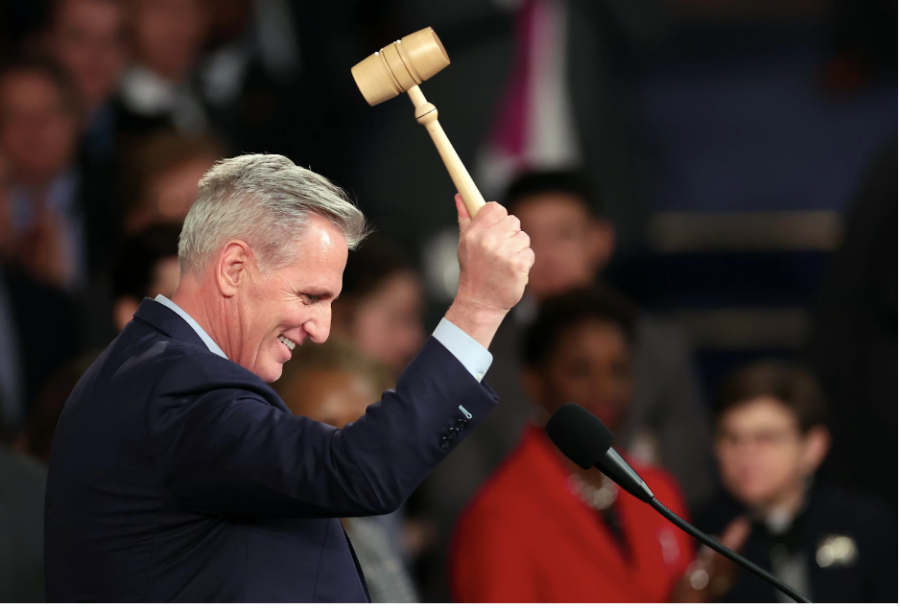
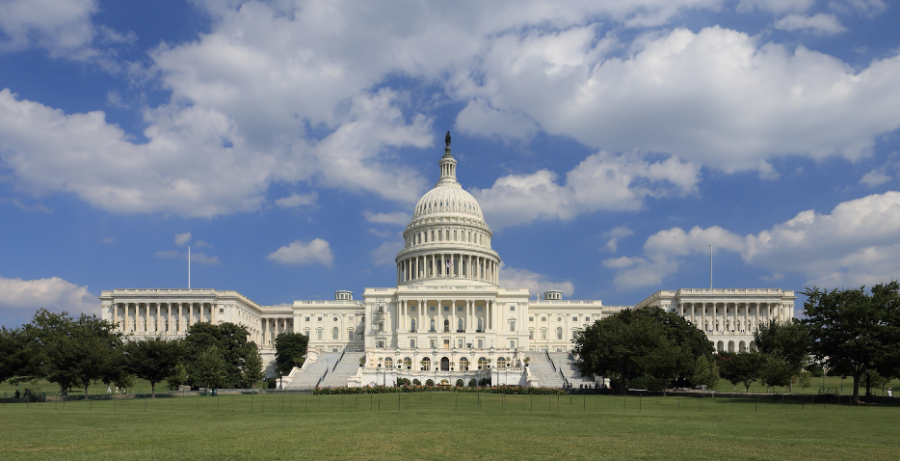





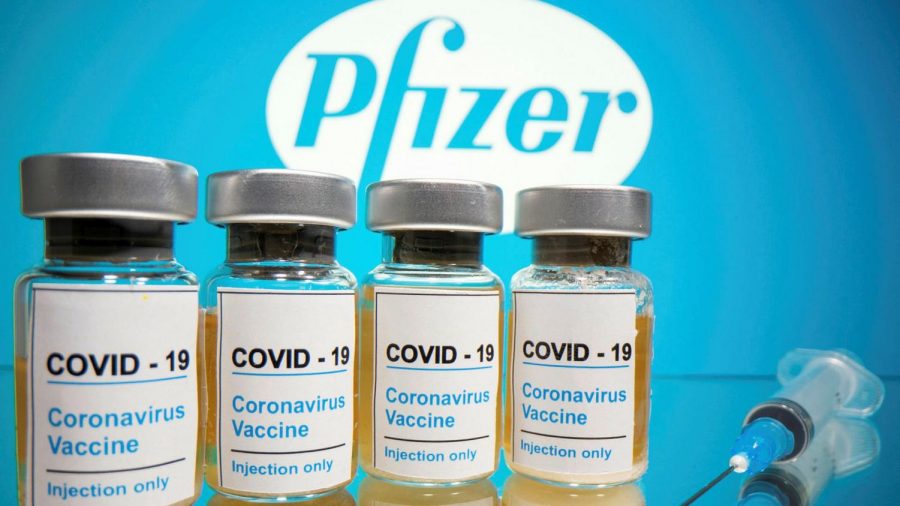



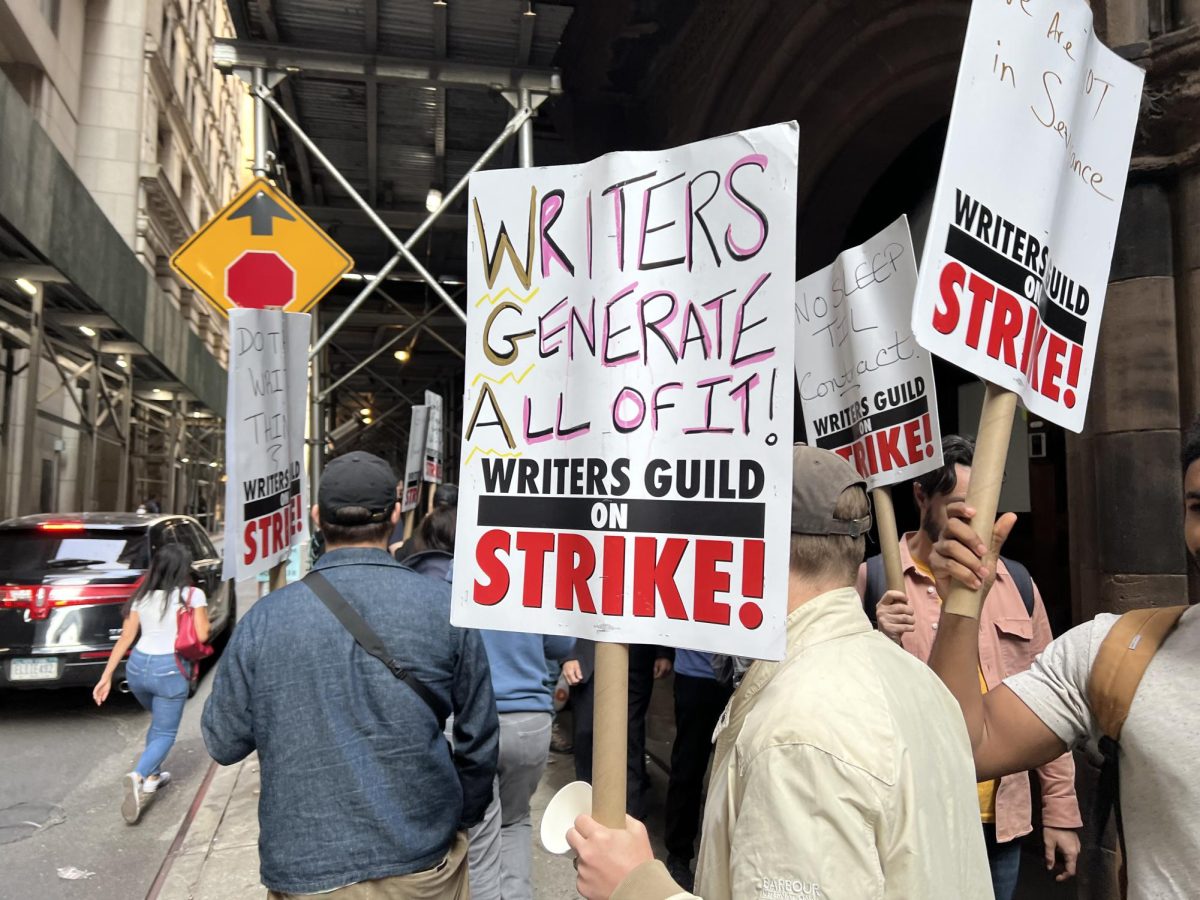
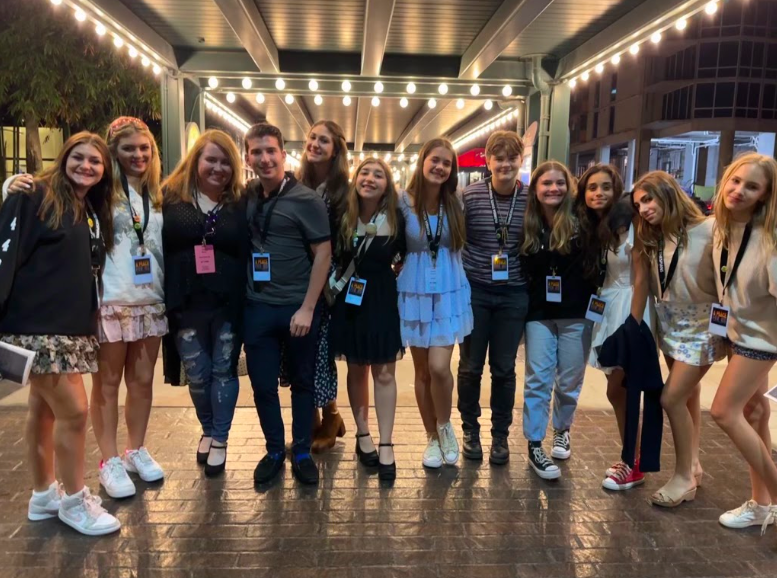



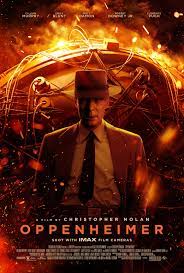




![Stranger Things 4: What to Expect [Warning: Contains Spoilers]](https://pcpawprint.com/wp-content/uploads/2021/11/StrangerThings4-900x473.jpeg)


